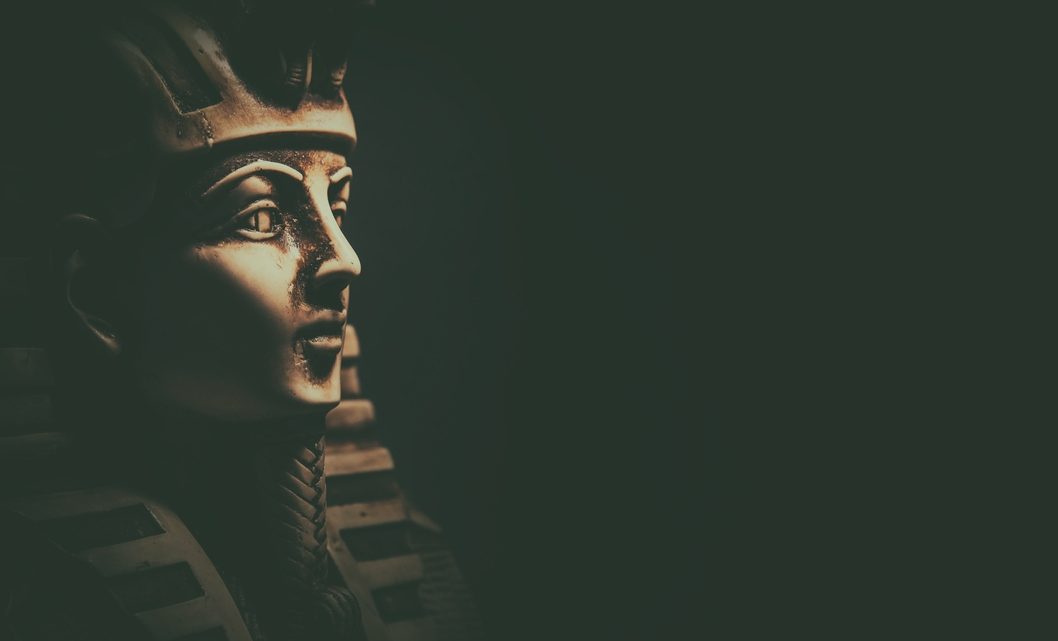For those of you that missed the first installment on Moses and the Exodus, I will be making references to last week’s post, so go ahead and check there first to catch up.
Quick reminder: We are going into some of the the famous Biblical stories we know and love, and examining the ancient world and how the Bible fits into it. This gives us a greater connection to our spiritual history and helps it come alive. I am using some information I have received through my World Antiquity class at Union College, excerpts of Egyptology from Bob Brier, and of course, Biblical texts. Now, how about we get into the details of one of my favorite Old Testament figures: Joseph.
- Who was Pharaoh during Joseph’s time in Egypt? To answer this, we have to reference back to our math from last week’s post. We need to count back roughly 215 years from the time of Ramesses II reign (give or take the years Joseph spent with Potiphar and in prison). Ramesses II ruled from 1279-1213 BC, and if we count back 215 years this places us right in the rule of the female pharaoh Hatshepsut (1478-1458 BC).
- But wait, wouldn’t this information make all the pronouns used for pharaoh in the Bible wrong? Isn’t the pharaoh referred to as a “he”? Don’t worry, there are multiple ways to explain this. Technically Hatshepsut was only pharoah in standing (and could technically be considered only a regent) following her husband’s death before her stepson, Thutmose III, took over. So, when referring to the pharaoh the Bible could be referencing Thutmose III, or Hatshepsut herself when considering that she was historically depicted as a male so her legacy and authority was respected, not to mention most of history is written in a male narrative.
- When did Joseph’s story take place? Depending on when we place the Exodus during Ramesses II’s reign, Joseph could have been in Egypt anywhere from 1494 BC (During Hatshepsut’s husband’s reign) to 1428 BC during her stepson’s reign.
- How likely is it that Joseph would have been called upon to interpret the dreams? Likely. Dreams were a big deal in Egypt, said to be direct prophecies from the gods. Brier argues that the magicians mentioned in this story were “sesperonch’s” or “scribes of the house of life” that were talented at interpreting dreams. But the catch? If dream elements were not found in their Egyptian Dream Book used in the religious schools, they wouldn’t be able to interpret those elements. Thus, if this was Hatshepsut or her stepson, they would have been desperate and called for a certain special prisoner they had heard of. Our guy: Joseph.
- Is there any evidence of the famine of Joseph’s interpretation? Well, first we have to remember that Egyptian rulers did not record the pitfalls of their reign. However, we do know that it was a common practice to build storehouses for grain during hard periods in this time. We also know that in Egyptian hierarchy, when there were times of trouble, a way that pharaohs would handle some of the starvation and deficit would be to buy land from lower classes so they could buy themselves some food. Egypt was a deeply religious society, thus priestly land was not touched during these buy-ups. This exact practice is mentioned in Gen. 47:22. Another similarity to note is a stela (upright stone) found on Sehel Island telling of a seven-year famine that archaeologists argue over dating.
- Was Potiphar a real person in history? We do not know. However, his name could be compared to the Egyptian name Pa-di-Ra, which means “that given by Ra” a likely name for an official in Egyptian hierarchy. Another fascinating thing to examine is the Egyptian “Tale of Two Brothers” which dates around 400 years after Hatshepsut’s reign. It has similar themes in that a married man’s wife tries to seduce another man who goes on a rather epic journey and eventually his succession is honored in pharaohic favor.
- What about the period after Joseph but before Moses’ time? I think this is so cool. 5 rulers after Hatshepsut’s reign, a famous pharaoh ascends the throne. Akhenaten (ruled 1353-1336) and his wife, Nefertiti, are known for one major contribution to ancient Egyptian Society: introducing a monotheistic worship. Akhenaten invented a god, known as “Aten”, whom he praised as “the creator, giver of life, and nurturing spirit of the world”. This similarity to our God and that of the Hebrews is uncanny, and it does not take too far a stretch of the imagination to connect the fact that Hebrews had been living amongst the Egyptians for around 100 years and could have influenced Egyptian worship.
I think the study of history in tandem with understanding our Biblical literature is one of the most interesting and useful things I could do in my free time. I encourage you to look into your Biblical heroes and study the history surrounding them! Thanks for coming on this journey into ancient Egypt with me!










